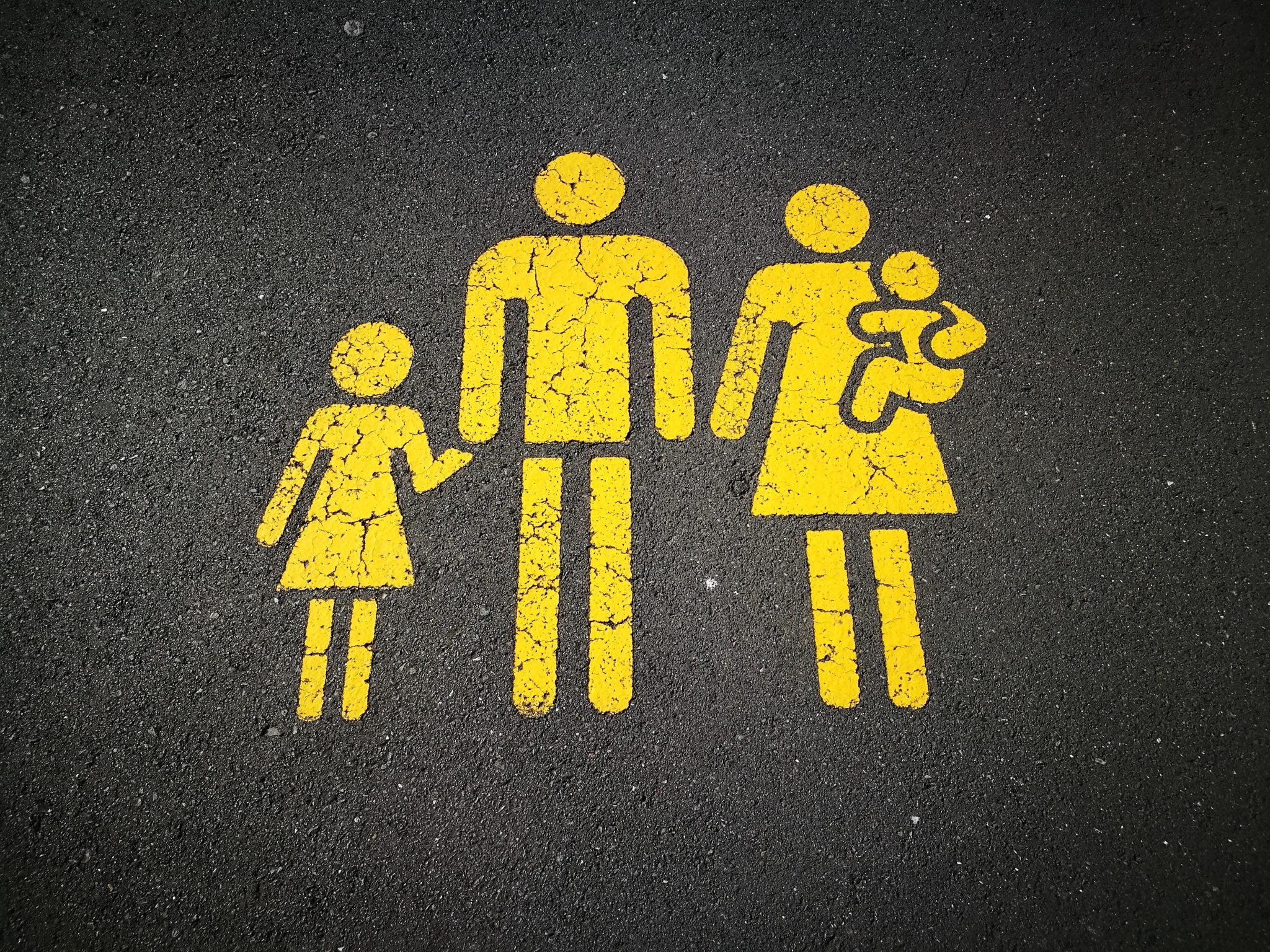In recent years, fertility has declined sharply in the Nordic countries. With the Nordic countries’ status as social welfare countries, these numbers are an unexpected puzzle and the subject of research. May 15th International Family Day.
Barring a slight increase during the pandemic, the numbers are alarming: Finland’s fertility rate is the lowest of the Nordic countries, with a figure of 1.3, and Iceland’s fertility rate is the highest, at 1.6. However, the same trend is also evident in the rest of Europe.
Total fertility is comparable across countries because it takes into account changes in population size and structure. In recent decades, Europeans have generally had fewer children, and this pattern partly explains the decline in population growth in the European Union. In 2021, the total fertility rate in the European Union is 1.53 children born per woman.
When total fertility drops below 1.3 live births per woman, it’s often called “lower fertility,” says Timothy Heleniak, senior researcher at The northern area and geographical.
According to the report Northern region countryThe 2022 edition, which is published every two years, focuses on the time of the pandemic. The report was produced and published by Nordregio in close collaboration with the Nordic Council of Ministers and contains unique data on the economy, demography, migration, digitization, employment and more.
Fertility peak during a pandemic
During the pandemic, not only the North region saw an increase in the number of births. During the first waves of the pandemic, most of the Nordic countries and autonomous regions also experienced fairly high levels of mortality. In all Nordic countries except Greenland, more children were born in 2021 than in 2020, although in Sweden the increase was marginal. In Norway, Iceland and Finland, among others, the rise was a welcome break in trend after a decade of declining fertility.
While researchers are trying to find an answer to why fertility rates are declining, researchers are just as concerned as we are:
-Nordic countries are generally welfare states, says Nora Sanchez-Gacin, professor of political science and demographer at Nordregio. They have good social support, and are stable bullies with high social trust. In general, these conditions should mean good conditions for raising children, but we nonetheless see that fertility is declining.
Sanchez Gasen believes that one of the reasons for the decline in fertility in the Nordic countries over the past decade is that there are an increasing number of couples who have remained childless, willy-nilly. Those who decide not to have children may do so for various reasons, which may be financial or related to climate change and the like.

Life expectancy has increased continuously in the Nordic countries. Finnish men live an average of 74.1 years, while only Greenlandic men have a lower average lifespan. Northerners live longer and therefore the proportion of elderly people increases. According to population projections for the Nordic countries, the proportion of people over 80 years of age will rise to 8 percent in 2030 from 4.3 percent today.
The International Day of Families 2023 has been designated to raise awareness of the impact of demographic trends on families. Demographic changes are among the most important trends affecting our world and the lives and well-being of families around the world. Demographic trends are largely shaped by fertility and mortality patterns. Next year, International Family Day will celebrate its 30th anniversary.

“Falls down a lot. Internet fanatic. Proud analyst. Creator. Wannabe music lover. Introvert. Tv aficionado.”




More Stories
Oil Tanker Sinking – “Battle Against the Clock”
Harris after meeting with Netanyahu: We will not remain silent
Jill Biden to lead US delegation to Olympics | 2024 Olympic Games